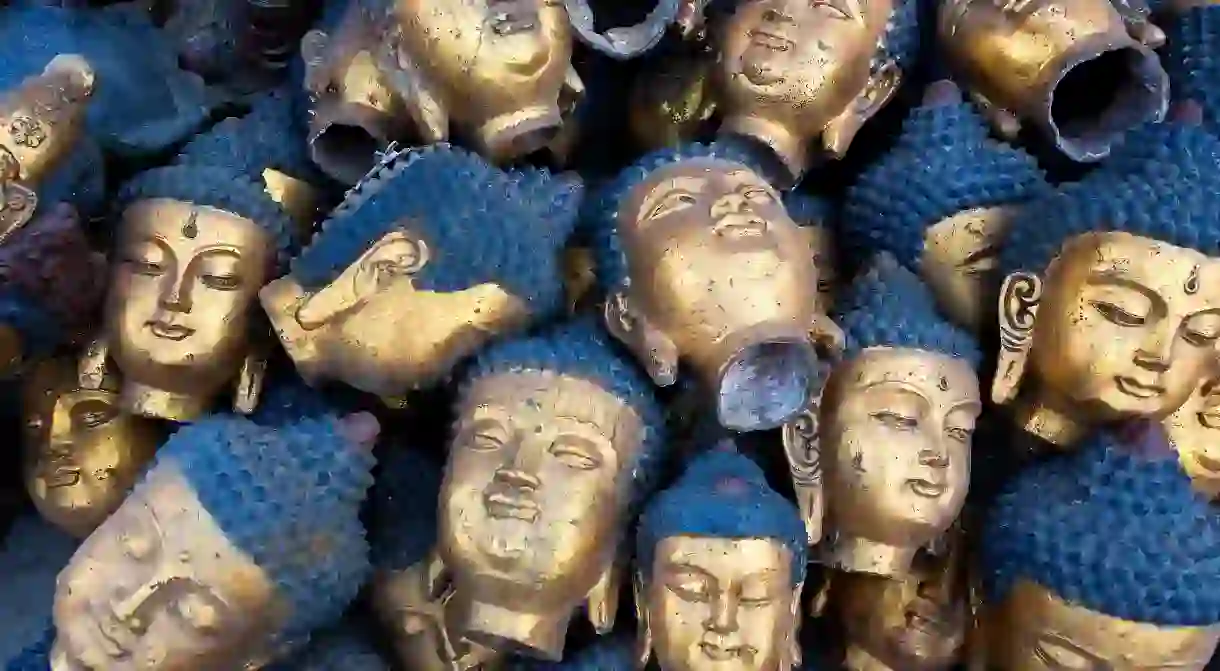The Best Antique and Flea Markets in Beijing

If you’re in the market – pun intended – for unique pieces that come with a story, Beijing is an absolute treasure trove.
Panjiayuan Antique Market
Market

This one’s an oldie, but a goodie; Panjiayuan Flea Market is one of those “can’t miss” places. It’s the biggest and most famous of all the antique markets in China, spanning 48,500 square metres (522,000 square feet) with more than 3,000 antique dealers. You can find pretty much anything here, including elegant calligraphy brushes, painted porcelain vases, jade jewellery, carved stone figurines and intricately designed wooden furniture. At some stalls, you’ll even be able to find antique opium scales and old-school propaganda posters and books. You can spend an entire day perusing the endless rows of crafts, collectables and other Chinese treasures.
Gulou Dong Dajie
Market

You might not be able to find antique furniture and artefacts on Gulou Dong Dajie, but you will discover some of Beijing’s best vintage shops here. Whether you’re in the market for vintage dresses, magazines, jewellery, shoes, toys, glasses, games or posters, you’ll be able to find it, and more, in this old hutong district. And rest assured that the stuff you’ll see is the good kind of vintage – not just raggedy old items that are rebranded as vintage to justify the price tag. Most of these shops source their inventory from the US, Europe, Taiwan and Japan. Though shops on this street tend to open and close faster than you can say “Gulou Dong Dajie”, some popular shops manage to stick around, like Mega Vintage and Vintage Caravan.
Baoguosi Culture Market
Bazaar, Market, Shop
Liulichang Antiques Street
Market

This 800-metre (2,624-foot) street is the best place in the world to find ancient books, calligraphy brushes, paintings, rubbings and ink stones. However, Liulichang wasn’t always about antiques; it actually had its start supplying glazed tiles for palace decorations in the early Yuan Dynasty (1271-1368). But after the downfall of the Qing Dynasty in 1911, many of the antiques from the palaces ended up at Liulichang where they were sold. From there, Liulichang market continued to grow, and it eventually became one of the most famous distribution centres of Chinese folk artwork, handicrafts and antiques.
Silk Street Market
Building, Shopping Mall

Gaobeidian Classical Furniture Old Street
Store
This article is an updated version of a story created by Julianna Tetreault.













